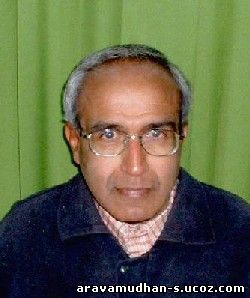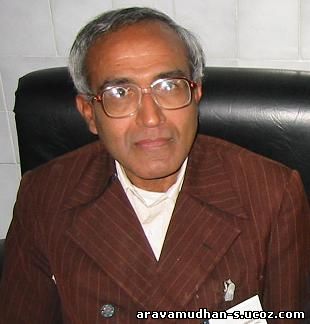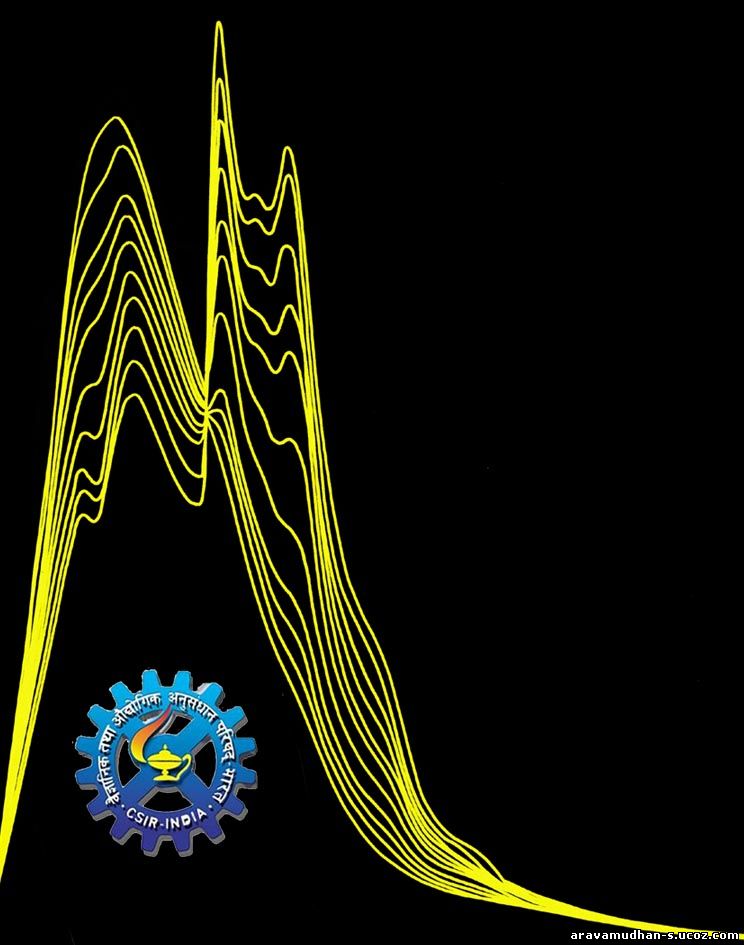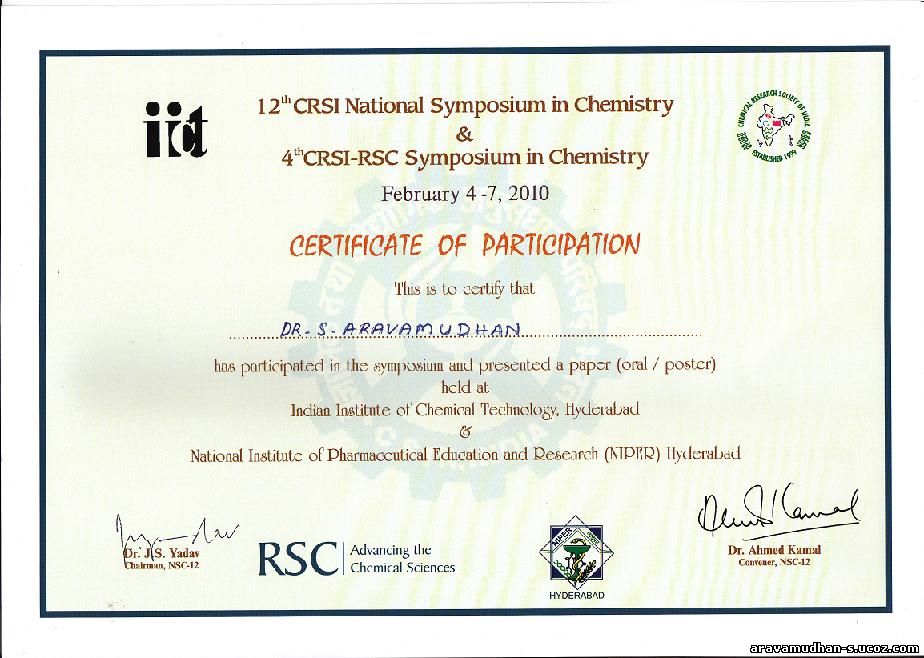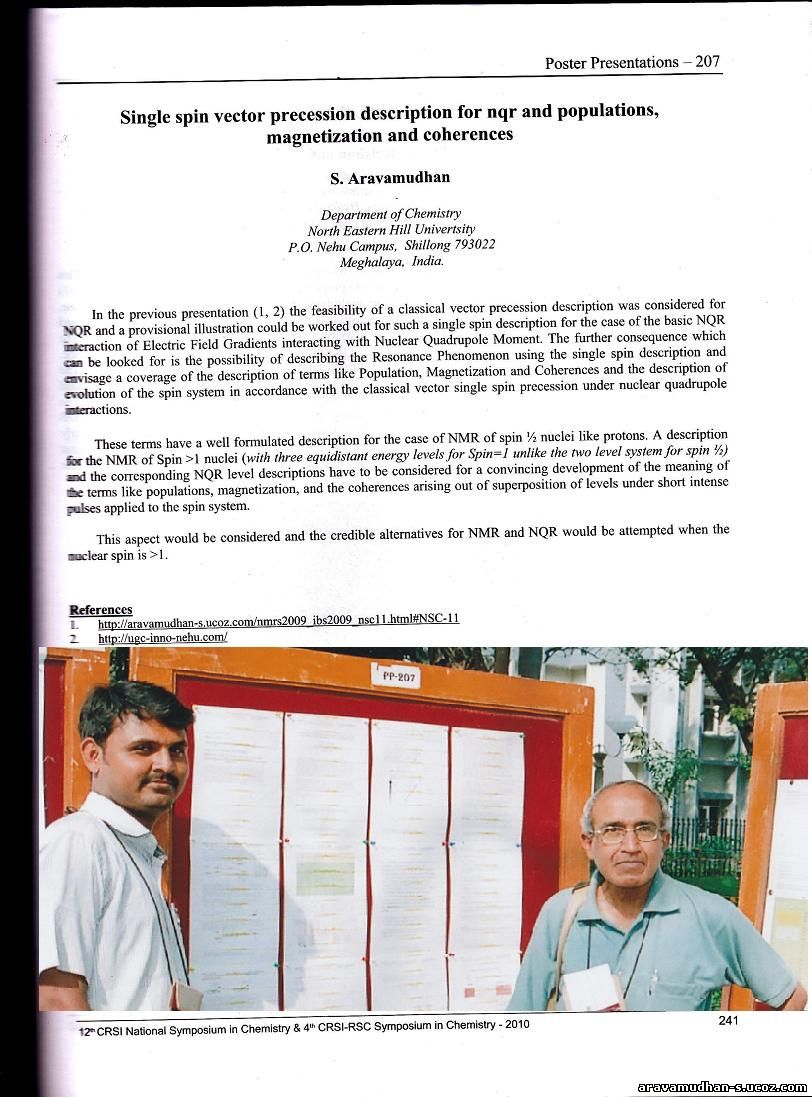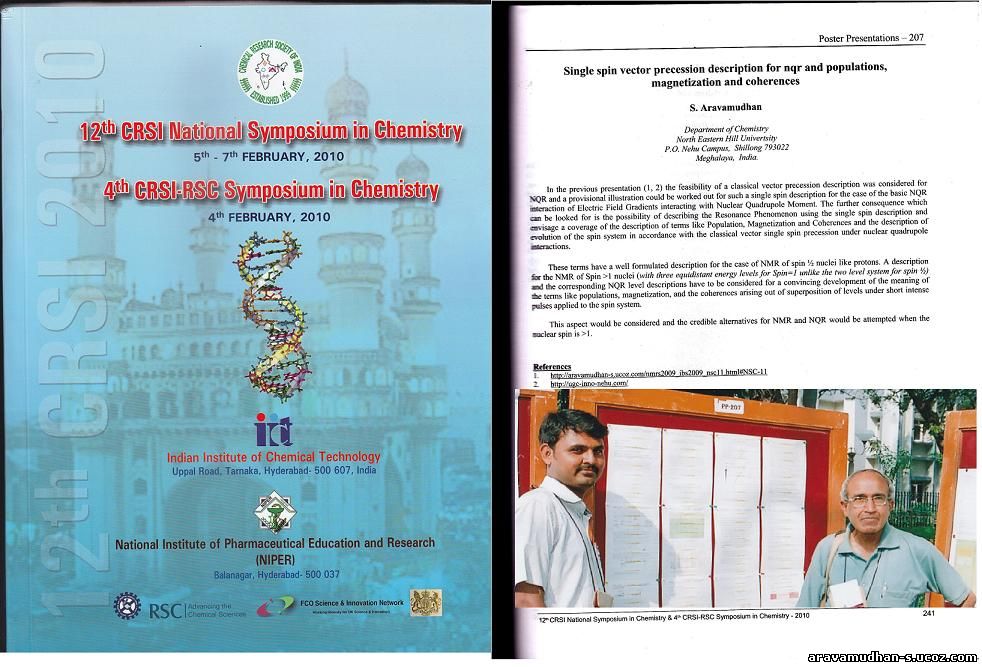ABSTRACT for NMRS2010
VARIATION OF CHEMICAL SHIFTS WITH MOLECULAR
GEOMETRY
THROUGH THE EQUILIBRIUM CORRESPONDING TO A
GEOMETRY OPTIMIZATION
S.ARAVAMUDHAN
Department of Chemistry
NORTH EASTERN HILL UNIVERSITY
SHILLONG 793022 Meghalaya
When the Geometry Optimization for equilibrium (stable) geometry procedure is explained on the basis of the applicability of variation principle, then the molecule passes through a minimum of potential energy to recognize the most stable structure as corresponding to the minimum. For such a passage through a series of structures on both sides of the minimum energy, if the chemical shifts of the nuclei in the molecule are also calculated for the series of structures, would there be a possibility to recognize the characteristics of the stable structures? This is a pertinent question and since the Computational methods result in the Full Tensor element values (not merely the isotropic, trace value), it is probably worth the while looking into the above question, with the variation of the chemical shift tensor properties tracked through the series of structures encountered during the geometry optimization procedure.
For this perspective a beginning can be made with what ever effort is known in the literature to document the chemical shift dependence on the geometry parameters. Since the Solid State High Resolution NMR is gaining in importance in structure determination (small molecules, and polymeric macro molecules also of biologically relevant) a question of the variation of chemical shift with geometry, and explaining the trends on the basis of the electron population analysis would lead to a situation of using full tensor information similar to the way chemists these days interpret the isotropic liquid HR NMR spectra. In this context the consideration in the cited reference (1) for the trends of methyl group proton (isotropic and anisotropic part of the) chemical shift tensor can be viewed from the point of view of the available electronic structure information by the quantum chemical computation for the electron distribution within the molecule. The relevance of such considerations would be highlighted with regard to the HR Single Crystal PMR results as in cited reference (2).
REFERENCES:
1. “Die magnetische Abschirmung von Protonen in Methylgruppen und aromatischen Ringen: Multipuls-NMR-Experimente an Molekulkristallen”: Inaugural-Dissertation zur Erlangung der Doctorwürde der Naturwissenschftlich-Mathematichen Gesamtfakultät der Ruprecht-Karls-Universität, Heidelberg. Vorgelect von Dipl.-Phys. Bernd Tesche aus Lüdenscheid, Tag der mündliche Prufung 19-07-1995
2. “The proton nuclear magnetic shielding tensors in biphenyl: Experiment and Theory”, Frank Schonborn, Heike Schmitt, Herbert Zimmermann, Ulrich Haeberlen, Clémence Corminboeuf, Gilbert Grossmann, Thomas Heine, J.Mag.Res. 175, (2005), 52-64.
Email:- inboxnehu_sa@yahoo.com
|
